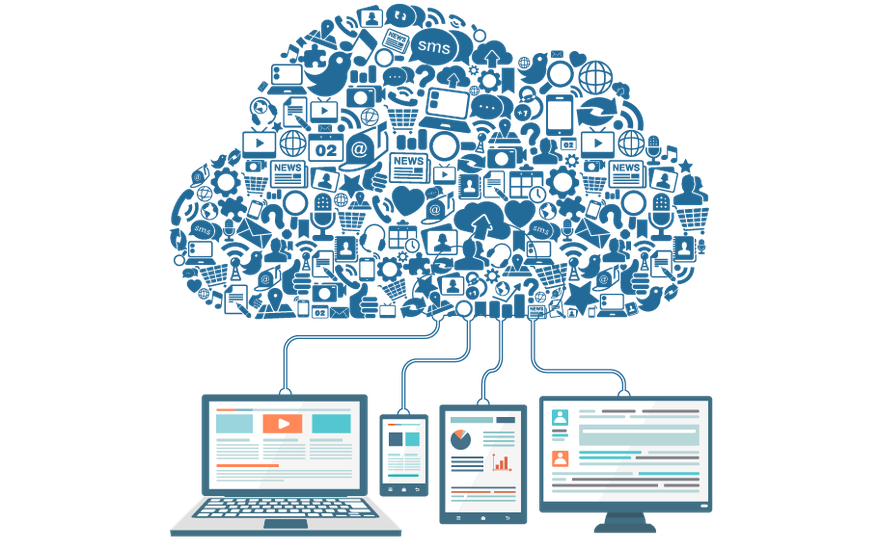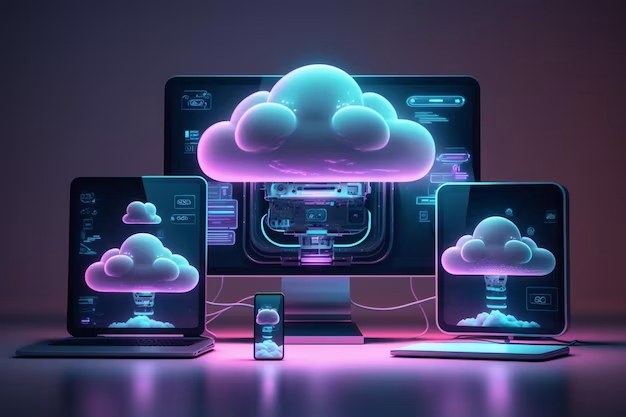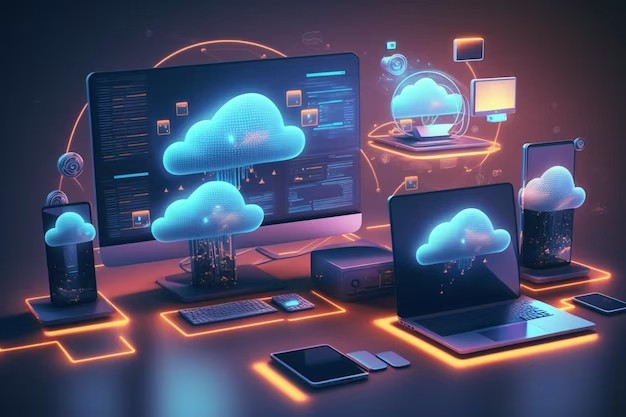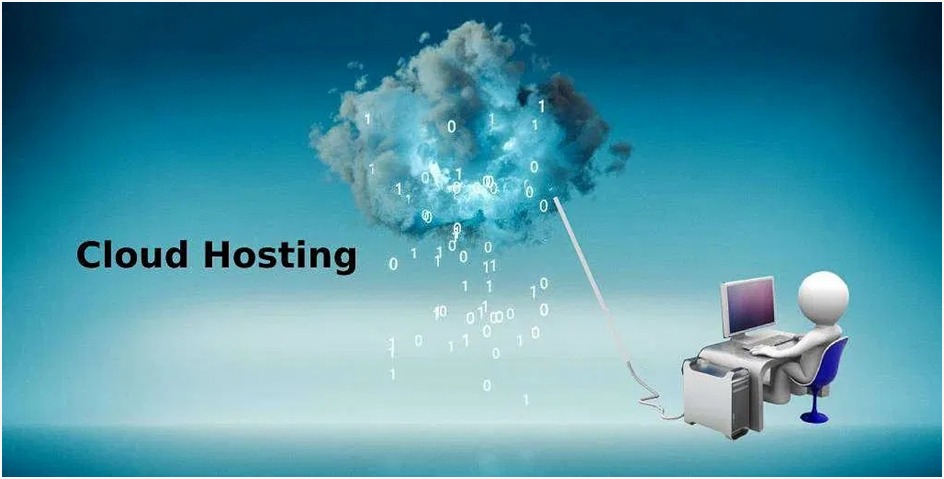



Cloud Computing: The Future of Cloud Computing
Our heads have been in the clouds for a while now. Like the cloud formations above us, specific patterns and shapes have started to dominate. Cloud computing patterns are similar to those seen over the last decade in technology but unlike the cumulus and cirrus formations in the skies. Uber revolutionized urban transit seven years ago; food delivery services followed, and their use spiked during the Pandemic. Now, this model is being adapted to a range of cloud services.
The logic of on-demand is easily translated into computing. If you are not a billionaire, you can unlikely afford a driver to wait for you or bring you food. Uber or DoorDash are popular interfaces for those who want to order delivery and driving services. It's not only more convenient, it is also more affordable and only available when needed.
The computing power of computers is similar. Are you sure that it is always needed? Yes, big financial companies run their stress tests at midnight every day. They need servers. They can also afford it. Most businesses only need this kind of power sometimes. It's best only to pay when required.
How would you describe this "need?" Let's use "us" to define those not associated with Amazon, Microsoft, Google, or Fortune 500. It's difficult for smaller or newer businesses to know when they need more computing power. This depends on what project they are undertaking. Surge pricing is more appropriate when companies are more episodic.
Disclosure: my company, like many others, offers cloud-based data services. While I am thrilled to be able to provide cloud data services, this is just one tool that companies can use to help them meet their needs. Modern businesses will need access to mighty computing power to succeed. It's a problem that affects all sectors. From pharmaceutical to industrial engineering to entertainment--you name it, they will need power. It's a question of whether or not they want to pay for each use, have a devoted source --or anything in between.
You generally have three choices when you're looking to handle your company's computing requirements. There's always the on-premises option where you run your computer. You could also take a hybrid solution, where you do some computing on-site and then scale it up in the cloud on demand. You could also do all of it on the market, which is preferred by companies with many computing-intensive jobs with defined beginning and ending dates, such as AI, machine learning, or rendering. It's good to know that the cloud is available, whether you decide to use it or not. Cloud-based HPC (high-performance computing) is a flexible solution that allows for complex calculations and data processing at high speeds. The companies decide how much and when they want to use processing power.
Globally, the explosion of data in recent years has been staggering. Personally and professionally, we constantly interact, create, and process data. A common task like editing a movie requires a lot of computing power. But as an isolated project with a defined start and finish date, this power is only needed for a limited time to check my site.
HPC, or the ease with which you can crunch big data, is the next major trend in the cloud. Last decade, the cloud was all about storage (e.g., your iPhone's photostream). It hosted software-as-service (SaaS) solutions--applications delivered through the cloud rather than downloaded locally, like Adobe's Creative Cloud or even Netflix. Cloud computing is the next step. Cloud computing is the next evolution. As new companies with budgets and granularity that are smaller emerge, their computing requirements will need to be more flexible. On-demand, cheaper options will be more popular because they don't need staff to run and implement.
Small and new businesses should consider using the cloud for their computing-intensive tasks, particularly if they want to expand.